White Oak Firewood – 1/2 Cord
$500.00
White Oak Firewood
White oak firewood, harvested from the iconic white oak trees (Quercus alba), is a premier hardwood fuel celebrated for its exceptional durability, clean burn, and subtle, earthy aroma. As a cornerstone of North American and European firewood traditions, white oak wood has been a reliable source of heat and craftsmanship for centuries, powering colonial hearths, industrial forges, and modern barbecues. Its tight grain and high resistance to decay make it one of the most sought-after woods for long-term use, symbolizing strength and purity in the world of firewood. Whether you’re a homeowner seeking efficient, low-maintenance heating, a chef aiming for nuanced smoky flavors, or an outdoor enthusiast building enduring campfires, white oak firewood offers a refined, dependable experience that balances power with elegance. Deeply rooted in temperate forests and historical narratives, white oak firewood embodies the pinnacle of hardwood quality, providing warmth that’s as timeless as the trees themselves.
Origins and Varieties of White Oak Firewood
White oak firewood originates from white oak trees, a dominant species in the genus Quercus native to eastern North America, from the Great Lakes to the Gulf Coast, and extending into parts of Europe and Asia. Quercus alba is distinguished by its light-colored bark, broad leaves, and acorns that provide food for wildlife. Unlike red oak, which has a coarser texture, white oak features a finer, more uniform grain, making it ideal for firewood. Varieties within white oak can vary slightly by region; for example, northern white oaks from cooler climates may burn slightly hotter than southern ones, but all share the species’ hallmark durability. White oak trees thrive in mixed hardwood forests, often forming canopy layers that support diverse ecosystems. Sustainable harvesting from managed woodlands ensures regeneration, as white oaks are long-lived (up to 300 years) and contribute to soil health and biodiversity. This abundance makes white oak firewood widely available, though its premium status reflects its quality.
Physical and Burning Properties
White oak firewood is renowned for its superior density and energy efficiency, delivering 24-26 million BTUs per cord—on par with other top hardwoods but with a cleaner, more controlled burn. Its tight, interlocking grain resists splitting and warping, resulting in a slow, steady flame that lasts 2-3 hours per log, producing radiant heat with exceptionally low smoke and minimal sparking. This makes it safer and more pleasant for indoor use, as it minimizes creosote buildup in chimneys. The wood’s natural tannins and low resin content contribute to a mild, woody aroma—earthy and slightly sweet— that enhances the ambiance without overpowering. White oak firewood leaves behind hot, long-lasting coals, ideal for cooking or sustained warmth, and generates moderate ash that’s fine-textured and easy to manage. Compared to red oak, it’s less prone to popping; against softer woods like birch, it’s far more efficient and heat-dense, offering a balanced performance that’s forgiving yet powerful.
Preparation and Seasoning for Optimal Use
To unlock white oak firewood’s full potential, meticulous preparation is essential, as fresh white oak contains 40-50% moisture that can lead to inefficient, smoky burns. Seasoning involves drying the wood for 1-2 years in a dry, shaded area with excellent ventilation, reducing moisture to below 20% for optimal results. Stack the logs in a crisscross pattern on elevated pallets to ensure airflow and prevent ground rot or insect infestation. Splitting the dense trunks into smaller pieces (using an axe or hydraulic splitter) exposes more surface area, accelerating the drying process. Properly seasoned white oak firewood will exhibit end-checking (cracks at the ends), feel significantly lighter, and produce a resonant, hollow sound when struck together. This preparation not only amplifies heat output and reduces emissions but also enhances flavor and extends shelf life, allowing the wood to be stored for years without degradation. In humid environments, seasoning may require extra time, but the payoff is a superior, versatile fuel.
Benefits and Advantages
White oak firewood’s advantages are manifold, making it a favorite for discerning users. Its high BTU content and clean burn provide efficient heating with minimal waste, offering long-term cost savings in regions where firewood is a primary fuel. Environmentally, white oak trees are sustainable and beneficial, sequestering carbon, improving soil quality, and supporting wildlife, with responsible harvesting maintaining forest health. The wood’s exceptional resistance to decay, rot, and pests ensures durability, with seasoned piles remaining viable for extended periods. For culinary applications, white oak imparts a subtle, nutty flavor to smoked foods, elevating meats, cheeses, and vegetables with elegance rather than intensity. Its balanced properties suit a wide range of conditions, from indoor fireplaces to outdoor settings, making it accessible for beginners while rewarding experts with its reliability and low-maintenance nature.
Common Uses and Applications
White oak firewood excels in versatile applications, catering to both practical and creative needs. In residential heating, it’s unparalleled for fireplaces, wood stoves, and pellet grills, offering even, long-lasting warmth for chilly evenings. Chefs and barbecue enthusiasts value it for smoking and grilling, where its mild flavor profile complements dishes like pork, poultry, or even fruits in smokers or open pits. Outdoors, white oak powers campfires, fire pits, and ceremonial bonfires, maintaining steady heat through variable weather. Industrially, it’s used in forges for blacksmithing or kilns for pottery, where precise, clean heat is crucial. Beyond burning, white oak wood is repurposed for crafting barrels (e.g., for whiskey aging), furniture, or smoking chips, taking advantage of its strength, fine grain, and aesthetic appeal.
Sourcing, Storage, and Safety Tips
Sourcing white oak firewood is straightforward in oak-abundant regions, available from local firewood suppliers, lumber mills, or online marketplaces like Amazon and specialty sites, with prices typically $250–$400 per cord. Seek out seasoned, certified wood from sustainable sources to guarantee quality and eco-friendliness. Store it in a covered, well-ventilated shed or under a tarp, stacked neatly to promote air circulation and shield from moisture. Safety is key: Always burn in ventilated spaces, have fire extinguishers ready, and comply with local burn regulations, especially in dry seasons. For newcomers, combine white oak with kindling for easier starts, and regularly clean ash to prevent buildup.
In essence, white oak firewood epitomizes hardwood perfection, delivering clean heat, subtle flavor, and enduring reliability. From its origins in majestic eastern forests to its applications in hearths and kitchens, it offers a refined, efficient experience. Whether you’re exploring varieties like red oak or needing usage tips, white oak firewood’s steady burn and versatile charm make it an exceptional choice.
Reviews
There are no reviews yet.
Related products
Firewood
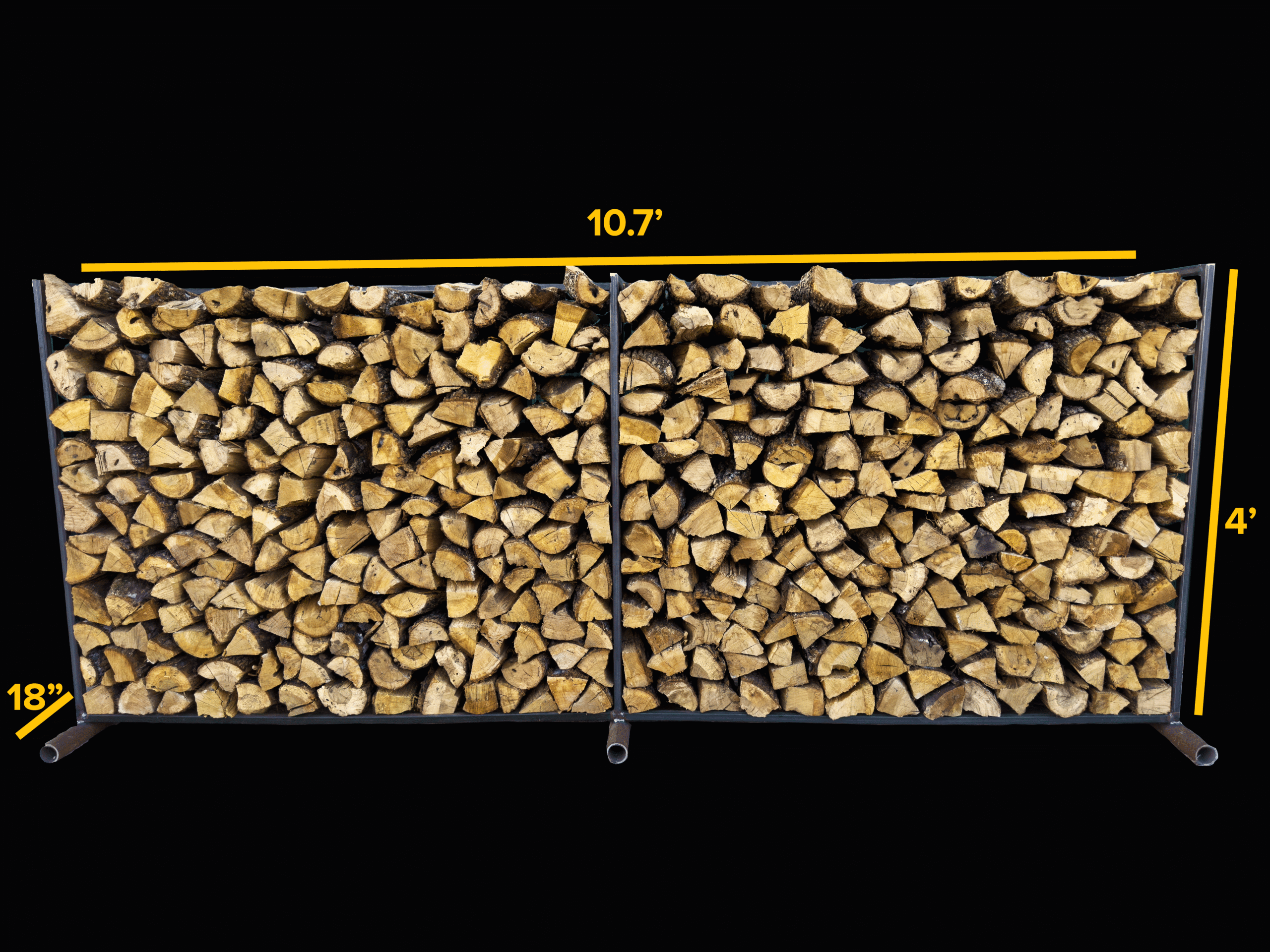

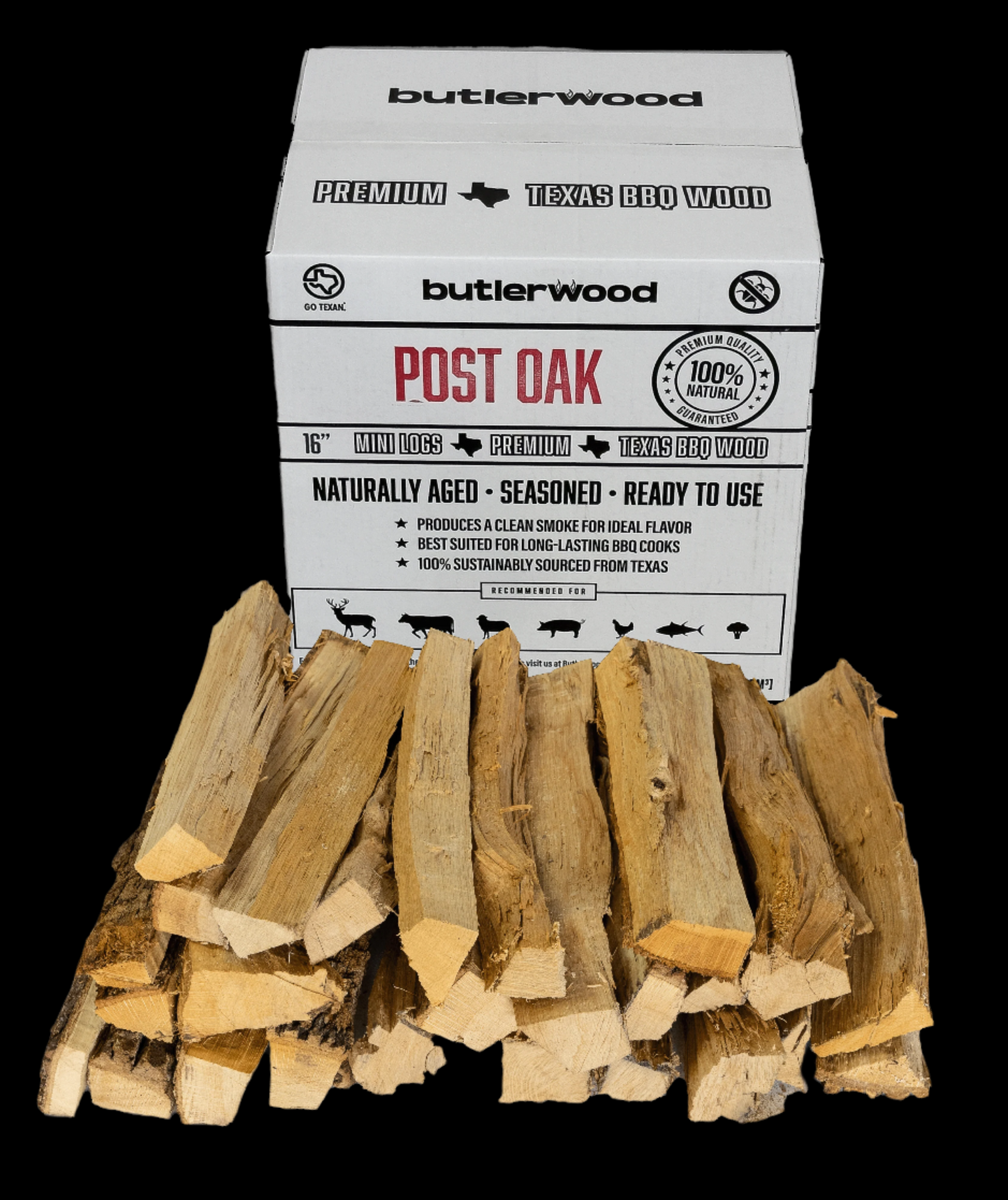
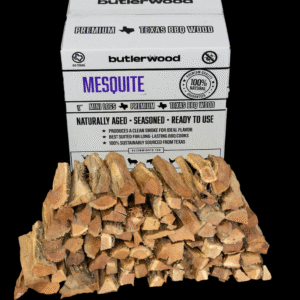
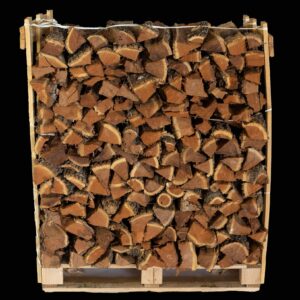
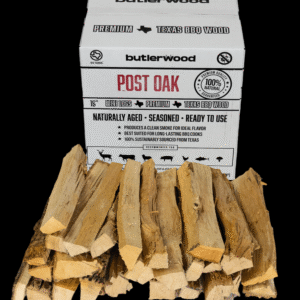

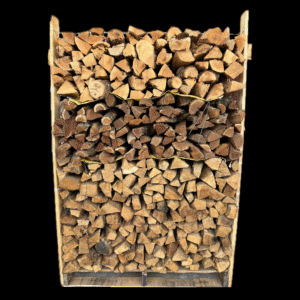
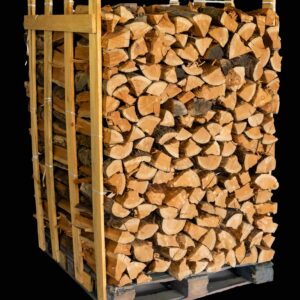
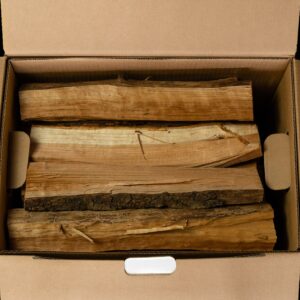
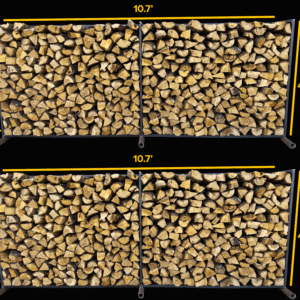
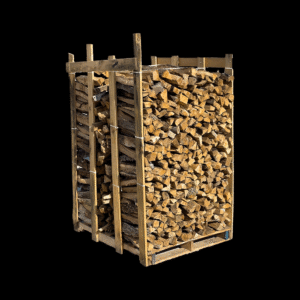

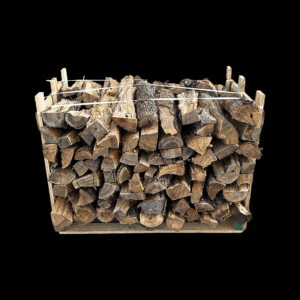
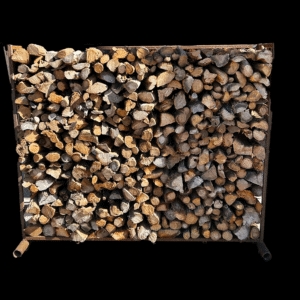
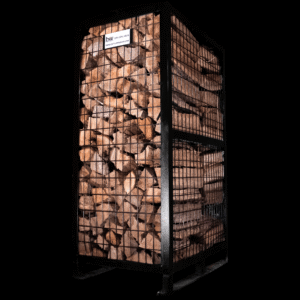
Be the first to review “White Oak Firewood – 1/2 Cord”